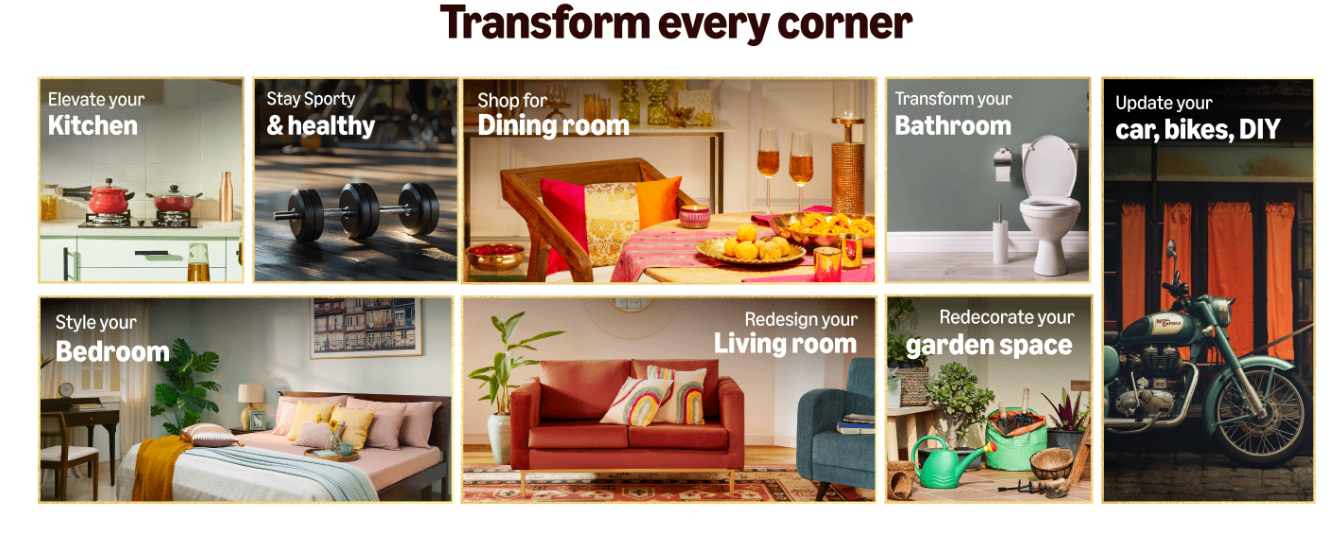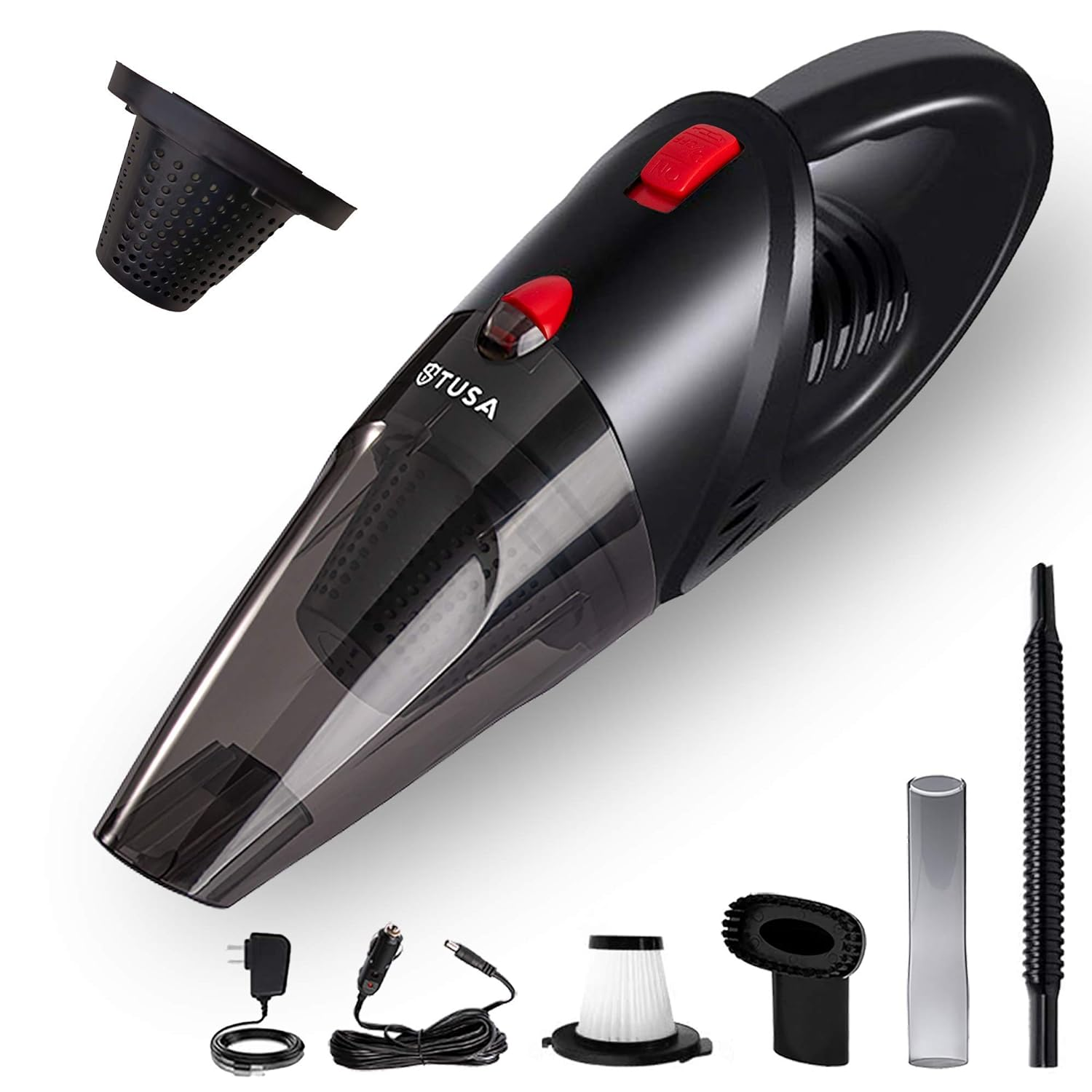Buying a car in India today isn’t just about looks, mileage or price — safety has moved to the top of many buyers’ checklists. Over the last few years, manufacturers have responded with stronger body structures, more airbags, driver-assist systems (ADAS), and greater participation in crash-test programmes such as Global NCAP and Bharat NCAP. If safety is your priority, here are five brands that consistently stand out — what they do well, their flagship safety tech, and quick buying tips.
Table of Contents
1) Tata Motors — India’s safety champion
Why they make the list
Tata has pushed safety to the centre of its product strategy, delivering strong crash-test performance across multiple models and bringing advanced passive and active safety features to mainstream price bands. Tata cars such as the Nexon have scored five stars in Global NCAP/Bharat NCAP testing, and the brand has steadily increased standard safety equipment across its line-up.

Key safety features you’ll find
- Strong, well-engineered body shells and structure.
- Multiple airbags (many models offer 6+ airbags on higher trims).
- ISOFIX child-seat anchors, ESC (electronic stability control), tyre-pressure monitoring, and rear-view cameras.
- ADAS on newer / facelifted models (adaptive cruise, AEB on higher trims).
Best picks (safety-first)
- Tata Nexon / Nexon EV — recent five-star ratings and extensive safety kit.
- Tata Harrier / Safari — strong structure and safety features on upper trims.
Quick tip
When comparing trims, check which airbags and ADAS items are standard vs optional; Tata often includes a rich safety package on mid and top trims.
2) Mahindra — SUVs with solid safety engineering and ADAS options
Why they make the list
Mahindra’s XUV700 made headlines for its five-star Global NCAP result and brought factory ADAS (Level-2 capabilities like AEB, lane-keep assist, adaptive cruise) into the mainstream SUV segment. Mahindra has followed up with stronger restraint systems and multiple airbags across core models.

Key safety features you’ll find
- Multi-airbag setups (including curtain airbags on many variants).
- ADAS on selected trims (forward-collision warning, automatic emergency braking, lane assist).
- ESC, traction control, hill-hold, and robust seat-belt pretensioners.
Best picks (safety-first)
- Mahindra XUV700 — flagship for ADAS and top crash performance.
- Mahindra XUV300 / Scorpio-N — good passive safety and multiple airbags on higher trims.
Quick tip
If ADAS is important, verify whether the specific variant includes sensor suites (radar/camera) and whether those systems are standard or part of a safety pack.
3) Volvo — the global safety standard, now more accessible in India
Why they make the list
Volvo’s entire brand DNA is built on safety innovation. While pricier, Volvo models sold in India (and globally) often include advanced, class-leading active and passive safety tech — and ongoing innovation such as adaptive restraints and over-the-air updates for safety systems. If budget allows, Volvo remains a top choice for cutting-edge safety.

Key safety features you’ll find
- Comprehensive airbag suites, advanced seatbelt systems, and strong crash structures.
- Advanced driver-assist systems as standard or widely available (AEB, pilot assist, lane-keeping).
- Regular OTA safety updates and sensor-driven adaptive safety systems.
Best picks (safety-first)
- Volvo XC40 / EX60 (upcoming) — compact/mid SUVs that pack the latest safety tech.
Quick tip
Volvo’s tech is premium — factor in servicing and sensor calibration costs when budgeting.
4) Hyundai — mainstream brand boosting active safety and ADAS
Why they make the list
Hyundai has accelerated safety offerings in India: increased airbag counts, ESC, and — importantly — Hyundai’s SmartSense ADAS suite on key models. The Creta and other recent models offer Level-2 features on higher trims and improved passive safety across the range. Manufacturer resources list multiple ADAS features on top Creta variants.

Key safety features you’ll find
- ADAS (adaptive cruise, AEB, lane-keeping) on higher trims, multiple airbags, ESC, SVM/BVM (surround & blind-view monitors).
- TPMS (tyre pressure monitoring), traction control and hill-assist features.
Best picks (safety-first)
- Hyundai Creta (higher trims with SmartSense).
- Hyundai Alcazar / Tucson for SUVs with more comprehensive safety bundles.
Quick tip
Hyundai often confines ADAS to higher trims; if you want ADAS, compare exact feature lists (camera vs radar capabilities) before buying.
5) Kia — strong safety features in popular models (close sibling to Hyundai)
Why they make the list
Kia’s products in India share platforms and safety tech lineage with Hyundai, and higher-spec Kia models offer multiple airbags, ESC, and modern driver assists. Some Kia models (Seltos, Carens) have been crash-tested with mixed results — which means you should check the specific variant and region-specific safety kit — but Kia generally provides robust safety tech in its upper trims.

Key safety features you’ll find
- 6 airbags in higher trims, ESC, ISOFIX, TPMS, rear-camera, and ADAS on some newer models.
- Good infotainment and driver-monitoring features to complement safety systems.
Best picks (safety-first)
- Kia Seltos (higher trims) — substantial safety equipment when fully specced.
- Kia Carens — good family-oriented safety kit on upper trims.
Quick tip
Because Global/Bharat NCAP results vary by tested variant and region, use NCAP reports and manufacturer spec sheets together to confirm the real-world safety you’ll get.
How I chose these five
- I prioritized brands that combine verified crash-test performance (Global NCAP / Bharat NCAP) with wide availability of active safety tech (ADAS) and multi-airbag protection across mainstream models. Global NCAP’s India results and individual model test reports were important references.
Safety buying checklist (quick, printable)
- Crash-test score: Check Global NCAP / Bharat NCAP for the exact model/trim.
- Airbags: Aim for at least 4; 6+ is preferable for family cars.
- ESC: Must-have for modern cars — critical for stability.
- ISOFOX / top tether: Important for child occupants.
- ADAS: AEB, lane-keep, blind-spot monitoring — nice to have; confirm availability by variant.
- Active restraint systems: Pretensioners, load-limiters, strong seat anchors.
- Service & sensor costs: If buying ADAS cars, factor sensor calibration costs in maintenance budgets.
- Real-world features: TPMS, rear-camera, parking sensors, and visibility aids matter on Indian roads.
Final thoughts
If safety tops your list, Tata and Mahindra are among the most aggressive Indian brands at delivering crash-tested, high-spec safety features in affordable segments; Volvo remains the global benchmark if you can stretch the budget; Hyundai and Kia offer strong ADAS and improved passive safety in their recent line-ups. Always compare the exact variant and local safety kit — NCAP results, official spec sheets, and dealership confirmations will give the best picture.
Disclaimer: The information in this article is based on publicly available data, manufacturer specifications, and recent safety test results at the time of writing. Actual features and safety ratings may vary by model and variant. Readers are advised to verify details with official brand websites or dealerships before making a purchase decision.




